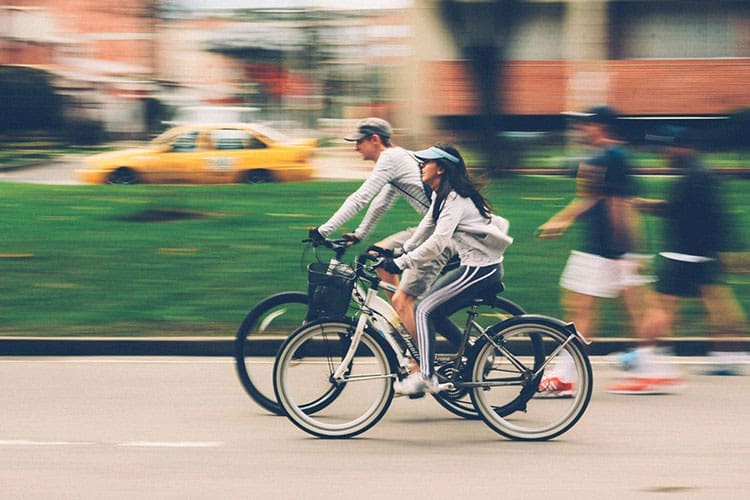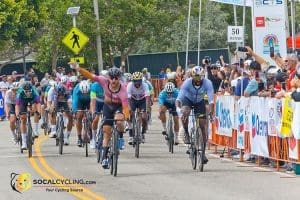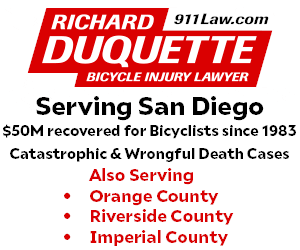Cycling is an increasingly popular mode of transportation, offering numerous benefits such as exercise, environmental sustainability, and cost savings. However, with the rise in the number of cyclists, the potential for accidents involving pedestrians has also grown. Cyclists must be aware of the risks associated with pedestrian accidents and take proactive measures to prevent them. Understanding the dynamics of shared roadways, respecting pedestrian rights, and practicing safe cycling habits are essential for reducing the likelihood of collisions and ensuring the safety of everyone on the road.
Understanding the Dynamics of Shared Roadways
One of the fundamental aspects cyclists must grasp is the dynamic nature of shared roadways. Cities and towns often have mixed-use streets where pedestrians, cyclists, and motorists coexist. These environments can be challenging due to the varying speeds, directions, and behaviors of all road users.
In urban areas, the density of pedestrian traffic can be particularly high, especially near schools, shopping centers, and public transit stops. Cyclists need to remain vigilant in these areas, constantly scanning their surroundings for pedestrians who might step into their path unexpectedly. It’s not just about observing traffic signals and signs but also about reading the body language and movement patterns of pedestrians.
The Importance of Visibility and Communication
Visibility plays a significant role in preventing pedestrian accidents. Cyclists need to ensure they are visible to both pedestrians and drivers at all times, particularly in low-light conditions or during inclement weather. Wearing bright, reflective clothing and using lights on the bike can greatly enhance a cyclist’s visibility. However, visibility is not solely about being seen; it’s also about making intentions clear to others.
Cyclists should also be aware of the “invisibility” of pedestrians. People on foot can be difficult to spot, especially when they are crossing streets between parked cars, walking on narrow sidewalks, or emerging from alleys. Cyclists need to approach these situations with caution, reducing speed and being prepared to stop quickly.
Respecting Pedestrian Rights and Space
Respecting pedestrian rights and space is a cornerstone of safe cycling. Pedestrians always have the right of way at crosswalks and intersections, and cyclists must yield accordingly. This respect extends to shared paths and sidewalks, where cyclists should adjust their speed and behavior to avoid startling or endangering pedestrians.
In areas where cycling on the sidewalk is permitted, cyclists should exercise extreme caution. Sidewalks are designed primarily for pedestrian use, and cycling at high speeds can pose significant risks. In such environments, cyclists should ride at a pace that matches pedestrian traffic, giving pedestrians the priority they deserve.
The Impact of Distraction on Accidents
Distraction is a growing problem for all road users, including cyclists and pedestrians. For cyclists, distractions can come in many forms—smartphones, headphones, or even daydreaming. When cyclists are not fully focused on the road, their ability to react to sudden changes in their environment is compromised.
Similarly, distracted pedestrians pose a significant risk to cyclists. People walking while texting, talking on the phone, or listening to music may not be fully aware of their surroundings. This lack of awareness can lead to situations where pedestrians inadvertently step into the path of a cyclist. Cyclists who have been injured in a pedestrian accident often find themselves facing not only physical pain but also the complexities of legal and insurance issues. It’s crucial for cyclists to understand their rights and responsibilities in such situations and to seek appropriate legal advice if needed.
Navigating High-Traffic Areas
Navigating high-traffic areas requires heightened awareness and strategic thinking. In busy urban centers, cyclists often find themselves in close proximity to large numbers of pedestrians, particularly during peak hours. These environments demand constant attention and a proactive approach to safety. Cyclists should anticipate the actions of pedestrians, especially at intersections and crosswalks, where pedestrian activity is at its highest.
When cycling in high-traffic areas, it’s important to adopt a defensive riding style. This means assuming that pedestrians might make sudden, unpredictable moves and being prepared to stop or swerve at a moment’s notice. Cyclists should also avoid riding too close to the curb or parked cars, as pedestrians may unexpectedly emerge from between vehicles.
The Role of Education and Advocacy
Education and advocacy play crucial roles in reducing pedestrian accident risks for cyclists. Many accidents can be prevented through better awareness and understanding of safe cycling practices. Local governments, cycling organizations, and community groups can contribute by offering educational programs that teach cyclists about the rules of the road, pedestrian rights, and defensive riding techniques. These initiatives can empower cyclists to make safer choices and reduce the incidence of pedestrian accidents.
Advocacy for better infrastructure is another important aspect. Dedicated bike lanes, improved signage, and safer crosswalks can all contribute to reducing the risk of cyclist-pedestrian collisions. Cyclists should support and participate in advocacy efforts that push for safer streets and better accommodations for all road users.
Cyclists have a responsibility to ensure the safety of themselves and others while navigating shared roadways. By understanding the dynamics of these environments, enhancing visibility, respecting pedestrian rights, and avoiding distractions, cyclists can significantly reduce the risk of accidents involving pedestrians. Education and advocacy further support these efforts by promoting safer practices and improving infrastructure. With careful attention and proactive measures, cyclists can enjoy their rides while minimizing the potential for harm to pedestrians.
No products found.

















